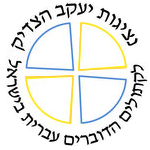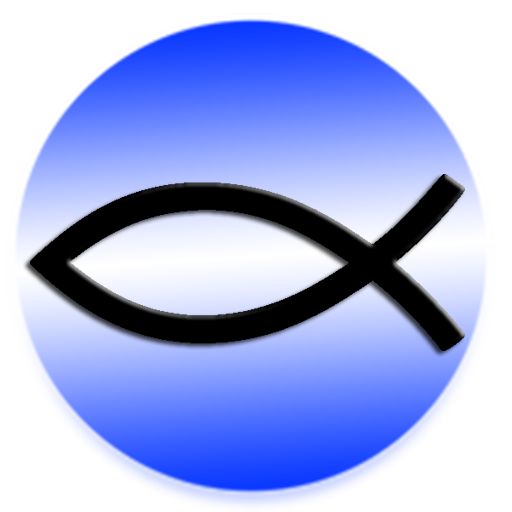Great Advent
The custom of the Great Advent has been observed for more than forty years in the Jerusalem kehilla. Since 2011, the Haifa kehilla has also adopted it. The priests of the Saint James Vicariate decided that the special character of the Great Advent should be preserved and that all our communities in the Vicariate should observe it, beginning from 2014.
We summarize here the origin of this custom:
- As we live in Israel, in the midst of the Jewish people, it is fitting that the Jewish New Year also be the beginning of our new year especially as there is no theological or liturgical basis to the celebration of the new year on January 1 and, in fact, the new liturgical year in the Latin tradition begins four weeks before Christmas.
- It is likewise fitting that the Catholic Church in Israel give greater significance to the Biblical personalities who mark important moments in the history of salvation, from the creation until the birth of the Messiah, and that these personalities be celebrated in the liturgy. The period of the year that stretches from “Simhat Torah” (the Celebration of the Joy of the Torah, a feast at the end of the Feast of Tabernacles) until Christmas is the most fitting time for this as at this time the Jewish people begins the cyclic reading of the Torah (Pentateuch). It is meaningful that when the Jewish people begins its liturgical year with the reading of the weekly Torah portion of “Bereshit”, continuing with “Noah” and “Lekh lekha”, we too, as the Catholic communities in Israel, mention at the same time Adam and Eve, Noah, Abraham and the other exemplary figures in the Old Testament who prepared for the coming of the Messiah when the times were fulfilled.
The period from the Jewish New Year to the Great Advent
- As the Jewish New Year marks the creation of Adam and Eve, this feast can be for us as well an opportunity to celebrate God as “Creator of the World,” something that does not exist right now as a particular feast in the Roman Catholic cycle of feasts. On the first day of Rosh HaShana, a special liturgy in honor of the Creator of the World can be celebrated.
- The Jewish Feast of Tabernacles according to its Biblical roots is a feast during which the commandment of joy is emphasized. It also has an eschatological dimension as a feast that proclaims the Lord as “King of the Earth”. In our communities, we can mark this on one of the seven days of the feast with a celebration of the Kingdom of the Lord in an atmosphere of joy that matches the Biblical commandment.
The organization of the Great Advent
It should be pointed out that the aim of this rite is to mark the link with the Jewish people who are beginning the cycle of Torah readings after the Feast of Tabernacles in a tangible way as well as to experience our liturgical life in communion with the Universal Church. Thus, it can be stated that our liturgical year begins on the first Sunday after the Saturday on which the Bereshit portion is read (the Saturday after the Feast of Simhat Torah).
Two dates constitute the points around which the Great Advent is organized: the first Sunday after Shabbat Bereshit and the fifth Sunday before Christmas:
1. From the first Sunday after Bereshit Saturday until the 5th Sunday before Christmas (which will be called the “King Messiah, Son of David”), the order of the figures mentioned during the Great Advent is: 1. Creation, Adam and Eve; 2. Noah; 3. Abraham; 4. The Patriarchs; 5. Matriarchs; 6. Joseph; 7. Moses; 8. David. The length of this period is not fixed and only in some years all the figures will be commemorated. Those figures that will always be commemorated are: Adam and Eve, Noah, Abraham, Moses and David.
The prayers at the Sunday mass will be ones that relate to the Biblical figures, emphasizing how each figure paved the way for the coming of the Messiah. On the 5th Sunday before Christmas, King David will be commemorated, his figure being perceived as a living prophecy of the coming of the King Messiah, Son of David, who must be born in Bethlehem. When it comes to the Sunday readings, the readings of the Universal Church will be read and each Sunday an additional short reading will be added before the first reading tied to the figure commemorated.
2. On the four last Sundays of the Great Advent, the following figures will be mentioned: 1. The Prophets, 2. John the Baptist, 3. the joy of Advent and 4. Mary, mother of Jesus. On these Sundays, the regular readings will be heard (without the extra reading), and the eschatological Advent will be emphasized, that is the expectation of the coming of Christ into our daily lives and his glorious coming at the end of time. The prayers will be those used in the universal Church. For the prefaces, there will be the option to use special ones that detail more the history of salvation and the stages of preparation for the coming of the Messiah within the people of Israel. However, the regular prefaces for Advent can also be used.
During the final octave before Christmas (December 17 to 24) the emphasis will be on the birth of Jesus Christ in Bethlehem.











 Year B, Palm Sunday
Year B, Palm Sunday Feast of Saint Joseph - March 19
Feast of Saint Joseph - March 19 Year B, Fifth Sunday of Lent
Year B, Fifth Sunday of Lent Year B, Fourth Sunday of Lent (Laetare)
Year B, Fourth Sunday of Lent (Laetare)